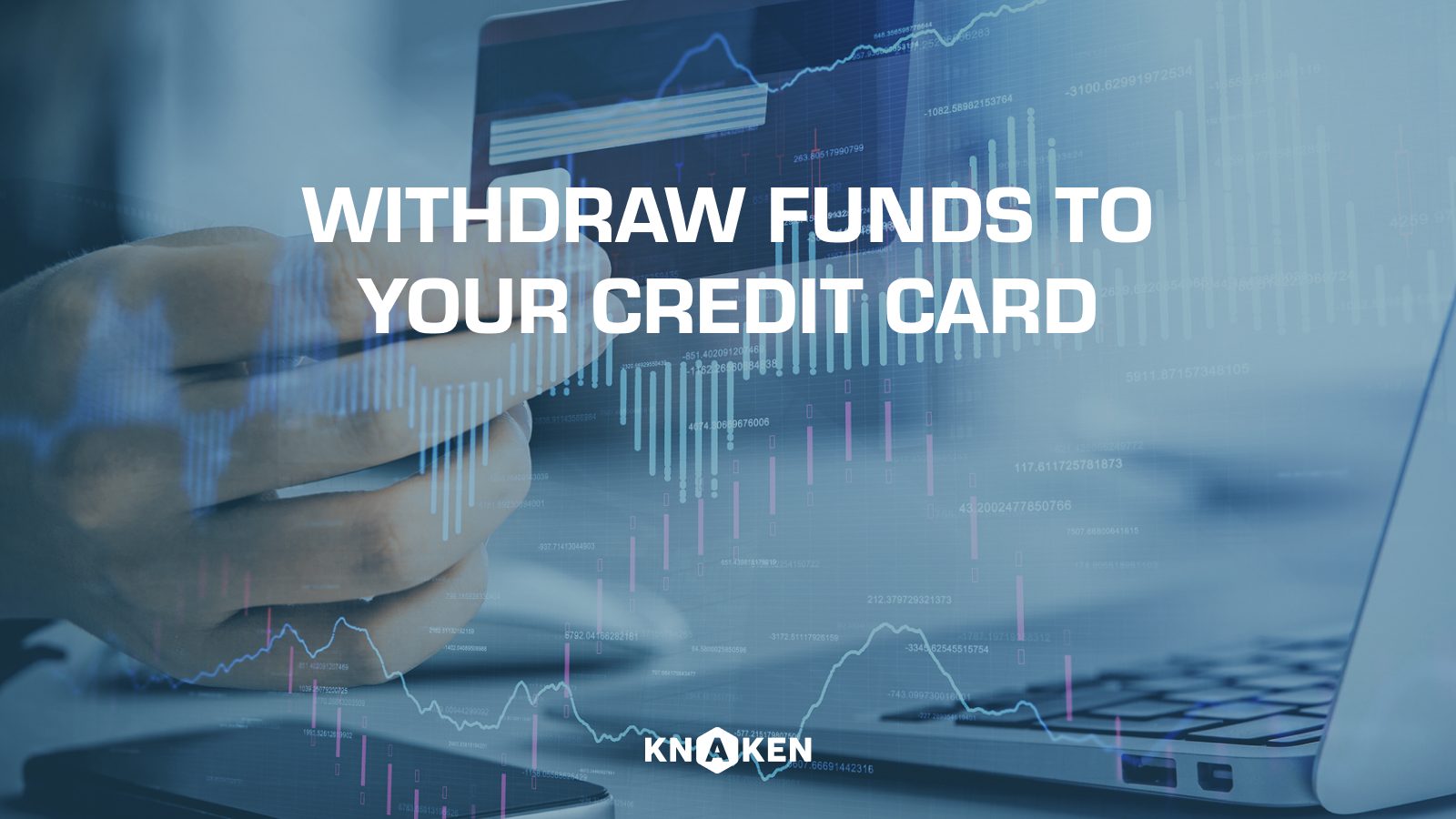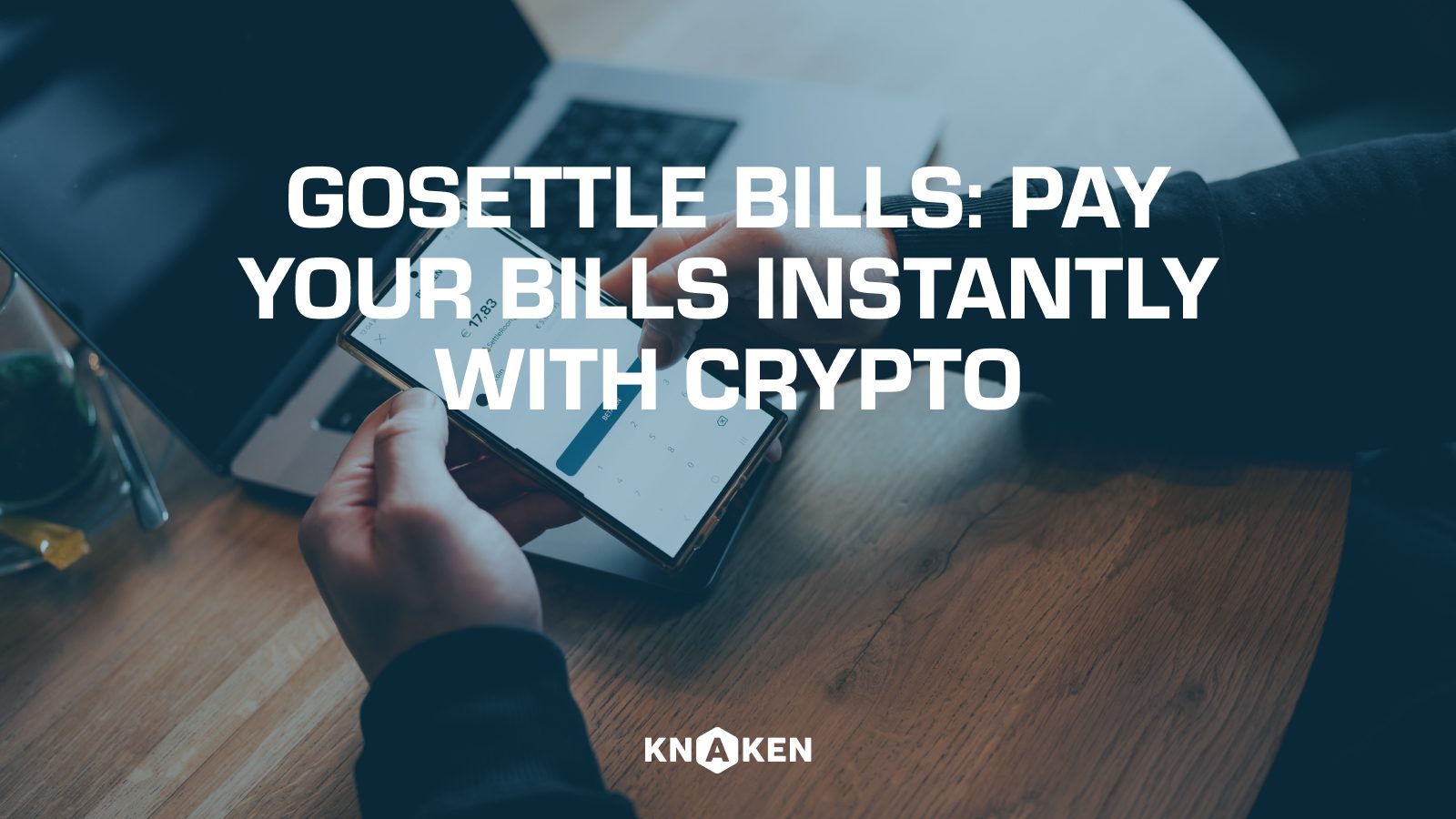In the realm of cryptocurrency, the term dust refers to an exceedingly small amount of cryptocurrency that is often too minuscule to be used effectively in transactions. Generally, dust is considered to be less than the minimum transaction fee or threshold required to send coins on a blockchain. This phenomenon can occur due to changes in coin values, transaction fees, or simply due to fractional amounts acquired through mining or trading.
Dust can accumulate for several reasons, including:
Dust poses certain challenges for cryptocurrency users and networks, including:
Users can manage dust in a few different ways:
Another aspect of the term dust is associated with dusting attacks. In this context, dusting refers to a malicious tactic where attackers send tiny amounts of cryptocurrency (dust) to a large number of wallets with the aim of tracking activity and identifying the wallet owners. This practice can lead to:
To defend against dusting attacks, users can consider the following measures:
In summary, dust in cryptocurrency is a term that encompasses both the small amounts of cryptocurrencies that are often impractical to use in transactions as well as the potential threats posed by dusting attacks. Understanding these concepts is crucial for all cryptocurrency users to manage their assets effectively and to safeguard their privacy and security. As cryptocurrency continues to evolve, awareness of terms like dust will play an integral role in navigating the complexities of this digital asset landscape.



Knaken Cryptohandel B.V. has applied for a MiCA license from the Netherlands Authority for the Financial Markets (AFM). This application is currently being assessed by the AFM.
Investing in crypto-related products involves significant risks.















